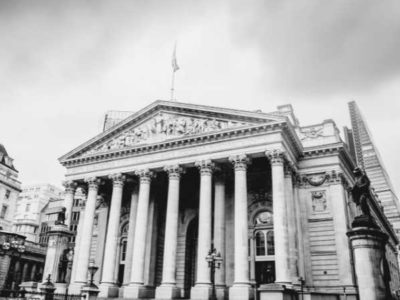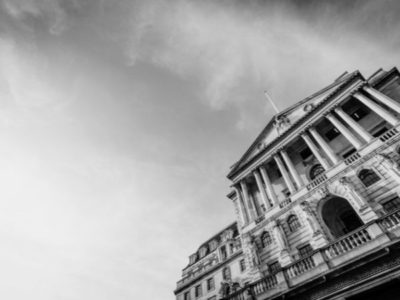- Residential stamp duty in the last three months of 2024 was up 16% on the quarter and 27% in a year.
- There were 57,100 sales where the buyer paid the stamp duty surcharge for second and subsequent properties.
- They handed over £700 million for the surcharge. This is up 53% in a quarter and 50% in a year.
HMRC has issued its quarterly stamp duty (land tax) statistics: Quarterly Stamp Duty Land Tax (SDLT) statistics commentary – GOV.UK
Sarah Coles, head of personal finance, Hargreaves Lansdown:
“Stamp duty clobbered buyers as they rushed to complete sales before any potential bad news in the autumn Budget. Property investors got bad news by the bucketload during the announcement, which means stamp duty bills are only going to get bigger.
The stamp duty holiday runs into a brick wall at the end of March, when buyers face paying thousands of pounds more on a purchase. Property investors, meanwhile, face a double-whammy, after October’s Budget hiked the stamp duty surcharge from 3% to 5% overnight.
Tax bills on property investments
Taken together, someone investing in a second a property costing £249,000 before the Budget would pay £7,460 less in stamp duty than someone investing on 1 April this year. The more expensive the property, the more the additional cost – so someone investing in a second property costing £500,000 would pay an extra £12,500.
And that’s just the start of it. When an investor rents out the property, they also pay income tax on rental income. You haven’t been able to claim full tax relief on your mortgage interest since 2017, and because the income tax thresholds have been frozen since 2021, it means more people paying higher rates and facing bigger bills.
Then when you come to sell, there’s capital gains tax to worry about. The annual allowance has dropped to just £3,000, and the rate is 18% for basic rate taxpayers and 24% for higher-rate taxpayers – and if the gain pushes you over a threshold you’ll pay some of this tax at a higher rate.
And there’s no way to mitigate this. Compare this to investing in stocks and shares. The first £20,000 a year can be held in a stocks and shares ISA, protecting you from capital gains tax and dividend tax. You can sell up and buy at any time without creating a tax bill, and take income completely free of tax. It’s a totally different world to the tax-crunch of property investment.
You can also hold stocks and shares within a SIPP, giving you tax relief on the way in, and tax-free growth along the way.
If you hold stocks and shares outside an ISA or SIPP, you can realise gains along the way, so you can take advantage of your annual capital gains tax allowance of £3,000 a year. You can also use share exchange (or Bed and ISA), or Bed and SIPP, to move more of your assets into a tax-efficient environment every year.
Other problems of property investment
It’s not just the tax eating into gains. There’s the cost of buying and selling. Then there are maintenance and repairs to factor in, as well as periods when you can’t rent the property out. There’s also the hassle factor of dealing with tenants, and if you choose to cut that by using a management agency, you need to account for their fees too.
Property also flies in the face of the importance of diversification. In many cases this is a leveraged investment, and often people will only have one or two properties. It means their risk is massively focused on the value of those properties – not to mention it’s the same asset class as their other main asset – their own home. And property performance varies dramatically, not just from area to area, but from street to street, and according to the individual property. If you end up with subsidence, it can be a catastrophe.
People might think they understand property because they live in one, but investing in property is a completely different beast.”
The stamp duty holiday
From September 2022 to the end of March 2025 the stamp duty threshold has been raised from £125,000 to £250,000. The threshold for first-time buyers was also increased from £300,000 to £425,000 – and the maximum that a property can be worth and still benefit from this relief rose to £625,000 (up from £500,000). It cut tax bills for buyers by up to £2,500, while first-time buyers could save up to £11,250.

























Comments